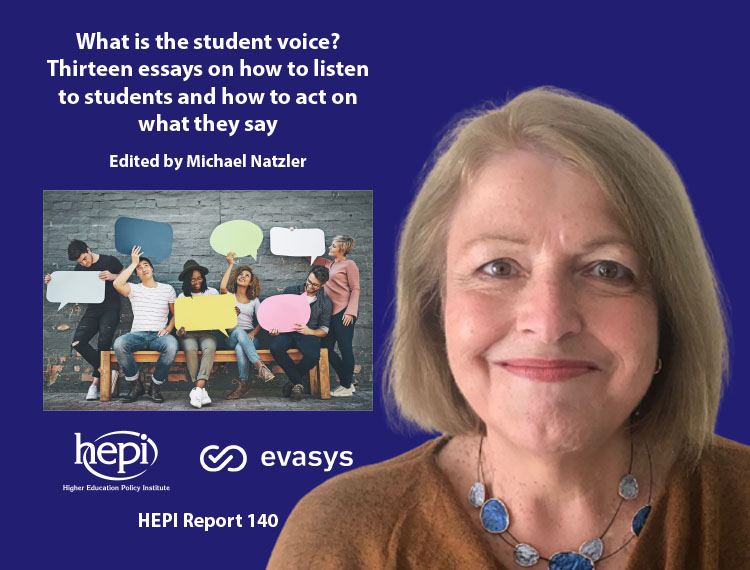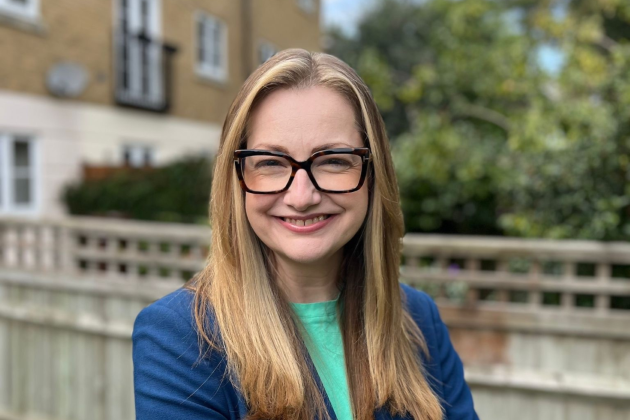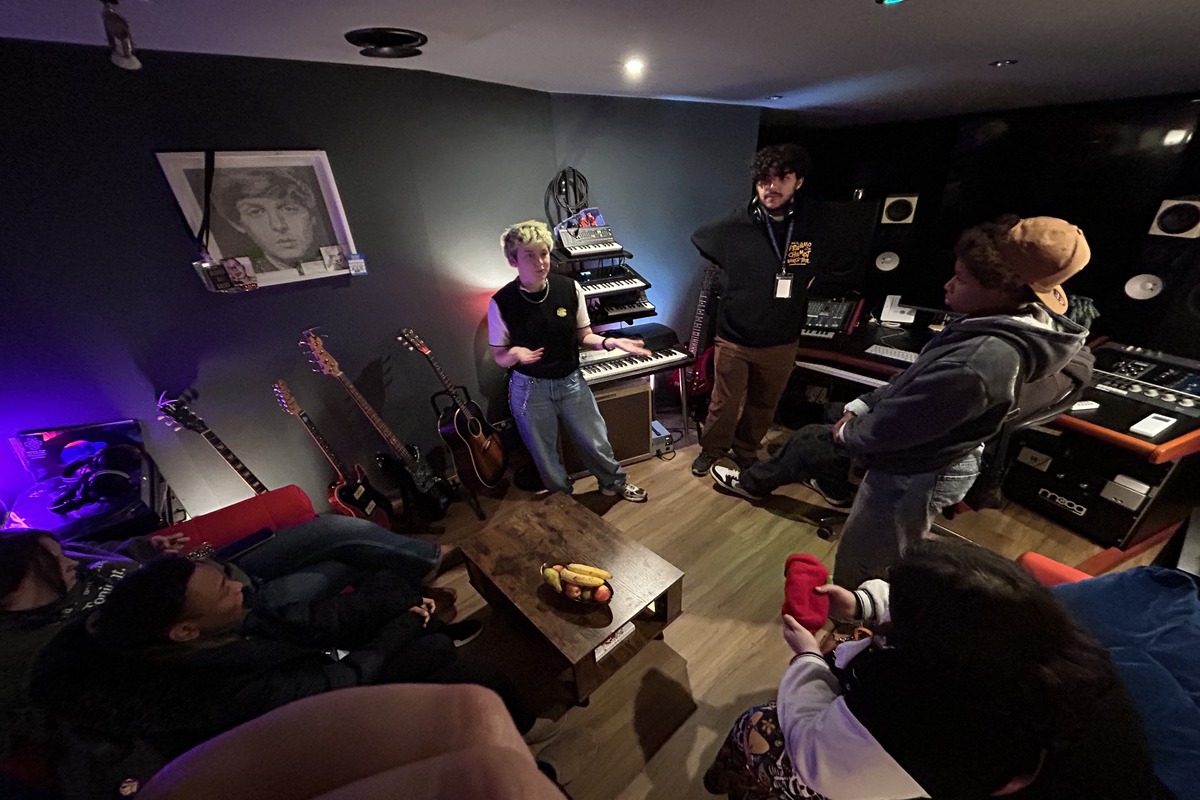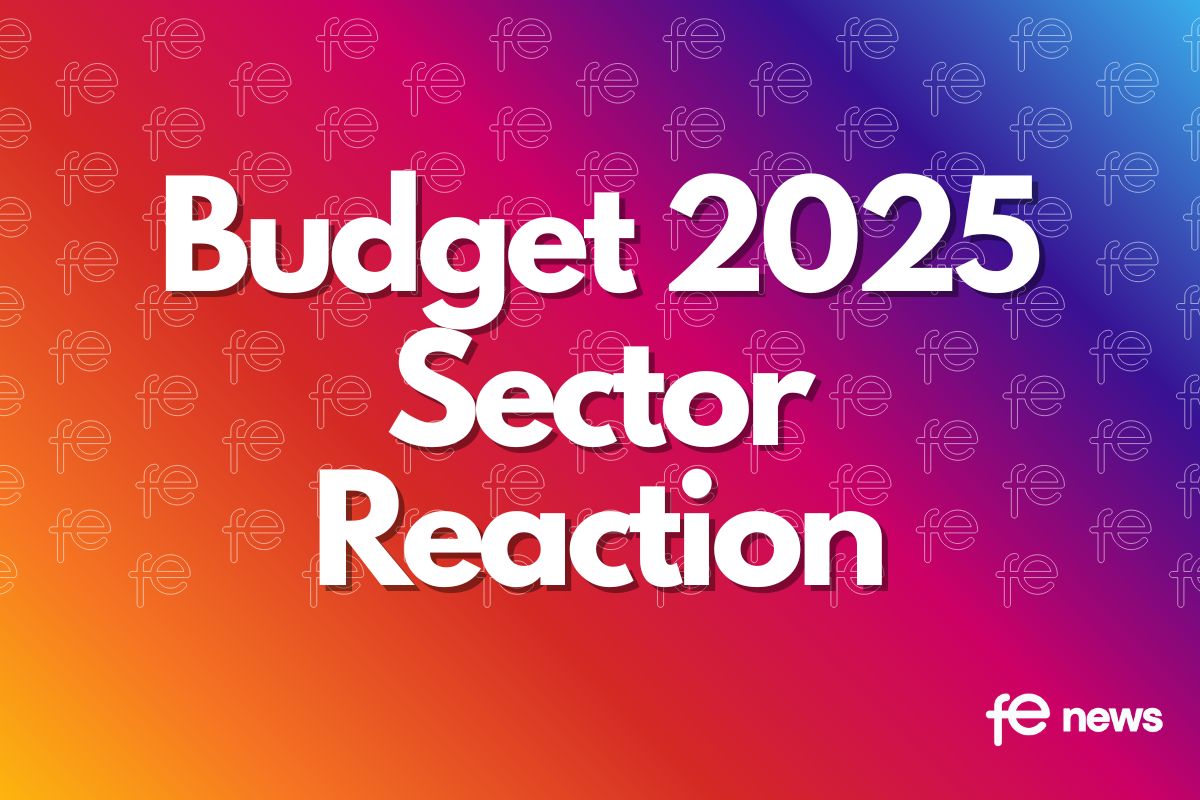Students’ voices in curriculum design

Woodrow Wilson’s assertion that ‘It is easier to move a cemetery than to change a curriculum’ is being put to the test in higher education.
Institutions in the UK and around the world are actively developing and re-designing their programmes of study.
Students are increasingly being drawn into programme design, review and enhancement but many still feel that their voices, values and creativity are excluded from this key area of activity.
How can educators work with students in curriculum design and enhancement and ensure that students’ diverse voices are truly heard?
Curriculum design and development are complex activities. They may involve creating brand new programmes or updating the content and design of pre-existing individual courses or modules.
They may entail reviewing the whole of the current curriculum in a particular discipline, perhaps as part of a periodic review and planning cycle built into institutional policy, or in response to the changing requirements of external professional bodies or new developments in research.
More radically, an institution may set out to refresh its entire portfolio of learning opportunities across all disciplinary areas. It may shine a spotlight on cross-cutting themes such as inclusivity or internationalisation and challenge departments to strengthen courses in relation to those strategic priorities.
Or it may devise and apply a new cross-institutional curriculum framework, such as the Connected Curriculum at UCL, Educate for Global Impact at the LSE, the Civic Learning Programme at Science Po in Paris or the Melbourne Curriculum in Australia.
Curriculum change may be explicitly embedded into a broader strategy for radical values-based institutional change, such as the Transformation process at the University of Cape Town.
While students have traditionally participated in some way in these layers of curriculum design and development, typically as a result of policies which require student representation on committees and review panels, their voices are very likely to be in the minority.
Students may have a seat at the table, but the table may be long and the students may sit at the very far end. There has been much discussion across the sector about how best to address this, but however committed an institution may be in principle to hearing students’ voices, power dynamics are inevitably at work.
Academics and professional staff involved in student education have more experience, subject knowledge and authority. Crucially, they also have more longevity in these developmental spaces, since each cohort of students can only become ‘partners’ for a relatively short time in the life of an institution.
Students can and do make valuable contributions through those structures, bringing their unique experiences and perspectives into discussions, but their voices may only be heard at the margins.
Working with students as partners in authentic ways to develop the curriculum is undoubtedly complex.
Two academics, Catherine Bovill and Cherie Woolmer, in their analysis of a number of academic papers on this theme, argue that:
co-creating the curriculum can reframe the learning spaces in universities by enabling the co-construction of knowledge; redressing traditional hierarchies between teacher and learner; and developing new forms of … radical collegiality.
The recent academic studies they review suggest that the process of co-creation enhances engagement, motivation and identity development and even enables students to gain deeper insights into teaching and learning processes that can lead to improved performance in student assessments.
Yet Bovill and Woolmer also observe multiple challenges, including the time intensive nature of genuine partnership work, some areas of cultural resistance and the difficulty of ‘navigating institutional norms’.
In this context, institutions are developing imaginative ways of situating students as agents of change. Initiatives such as those at UCL, LSE, the University of Exeter and the University of Nottingham enable students to take a proactive role in identifying not only problems to solve but also creative innovations.
These schemes typically enable students to work in small groups to imagine new possibilities for curriculum design and delivery, undertake research and develop evidence-based recommendations. Students can, for example, undertake a comparative analysis of the content and design of their own degree programme with that of others in the sector and use that analysis to inform discussion with their own department.
Formal, cross-institutional programme review can also include students in imaginative ways. At LSE in the UK, for example, students were actively involved in a series of events relating to programme review across the whole institution.
Claire Gordon, Director of the LSE Eden Centre for Education Enhancement, led a review of 45 undergraduate degree programmes that focused on programme coherence and diversifying methods of assessing students. She built student-staff partnerships into the undergraduate programme review process by:
- including the Students’ Union Education Officer in the central advisory board;
- ensuring that students were involved in departmental curriculum mapping processes, central review panels and Departmental Teaching Committees; and
- creating paid opportunities for students to undertake research projects focused on students’ experiences of undergraduate
In a follow-up survey, 77 per cent of staff indicated they had engaged with the findings of the student projects.
Interviews with student contributors underlined the importance of their involvement: ‘Often student representation can appear to be tokenistic; it certainly was not with the programme review’.
A departmental education leader responded, ‘One of the key aspects of the process that was of great value was the ability to knit together the narrative of the programme from the academic viewpoint with the students’ perspectives’.
Arguably, the most powerful way of giving students space and agency in curriculum design and development is to adopt policies that draw them into the highest layer of institutional strategic planning.
When institutions set out to consult on, develop and articulate clearly their overarching institutional mission and strategic plan, they can create inclusive opportunities for dialogue with students about the whole curriculum portfolio: its content, its structures, its interconnections across disciplines and its links with external partners.
All members of an institution’s community can come together to discuss questions such as:
- What is the current profile of our programmes of study, and is that right for this time and this place? Where are there gaps? Is there any unnecessary duplication?
- What is really important for curriculum in terms of content? Does the current content include knowledge traditions from around the world? Do new developments in technology and new global challenges suggest the need for changes?
- Does the current design of learning and assessment activities make the most of inclusive opportunities afforded by innovative digital and physical spaces?
- Should there be more interdisciplinary learning in the light of complex regional and global challenges?
- Should more learning take place outside the classroom, for example at partner institutions, in the workplace, through entrepreneurial projects or through civic engagement?
These questions and more were discussed, with students at the heart of the conversation, when UCL – a large, multi- disciplinary, research-intensive institution in the UK – developed its commitment to connecting student education more closely with its world-leading research.
An overarching institutional framework called Connected Curriculum was embedded into UCL’s 2034 strategy.
The foundations and story of UCL’s approach, summarised in A Connected Curriculum for Higher Education, tell a story of enhancing student engagement in curriculum development. Soon after publication the monograph had reached 175 countries, indicating significant global interest in working with students to re-think the curriculum.
One key group with which students were actively engaged at UCL was named ‘Liberating the Curriculum’. This involved staff and students working together to ‘challenge traditional Eurocentric, male dominated curricula and to ensure the work of marginalised scholars on race, sexuality, gender and disability are fairly represented in curricula’.
Profound and often very challenging discussions addressed the nature of the existing ‘canon’ – that is, what is traditionally considered to be important knowledge content in higher education programmes of study – and about how learning design can enable diverse voices to be heard.
When the Connected Curriculum was articulated to the UCL community through an accessible brochure, a set of values-based statements about ‘good’ curriculum was included on the centre pages, mapped to the six dimensions of Connected Curriculum framework.
Powerfully, the articulation of ‘excellence’ for each dimension includes key statements relating to liberating the curriculum that were co-written by students. These statements were then used as reference points for programme accreditation, development and review.
Students should be involved in local, incremental curriculum developments. It is vital to include students in formal programme review and very helpful to empower them through ‘students as change makers’ schemes.
But most promising of all is the possibility of co-creating structures and policies in such a way that students’ voices are at the heart of things: the institution’s values, its strategic intentions and its articulation of goals.
There is still much to do in this area, but promising steps are being taken.
Professor Dilly Fung, Pro-Director Education, London School of Education and Political Science
What is the student voice? |
|
Produced by the Higher Education Policy Institute and with support from EvaSys, What is the student voice? Thirteen essays on how to listen to students and how to act on what they say (HEPI Report 140) edited by Michael Natzler, is a new collection of essays which provides a range of views on what and where the student voice resides and how to listen and respond to it. The collection covers a wide range of topics from the role of sabbatical officers as governors to the National Union of Students, mature students and includes contributions from survey experts, sabbatical officers and a vice-chancellor as well as interviews with the Office for Students’ Student Panel. Including a chapter by Nick Hillman, HEPI Director, the chapters are:
|











Responses